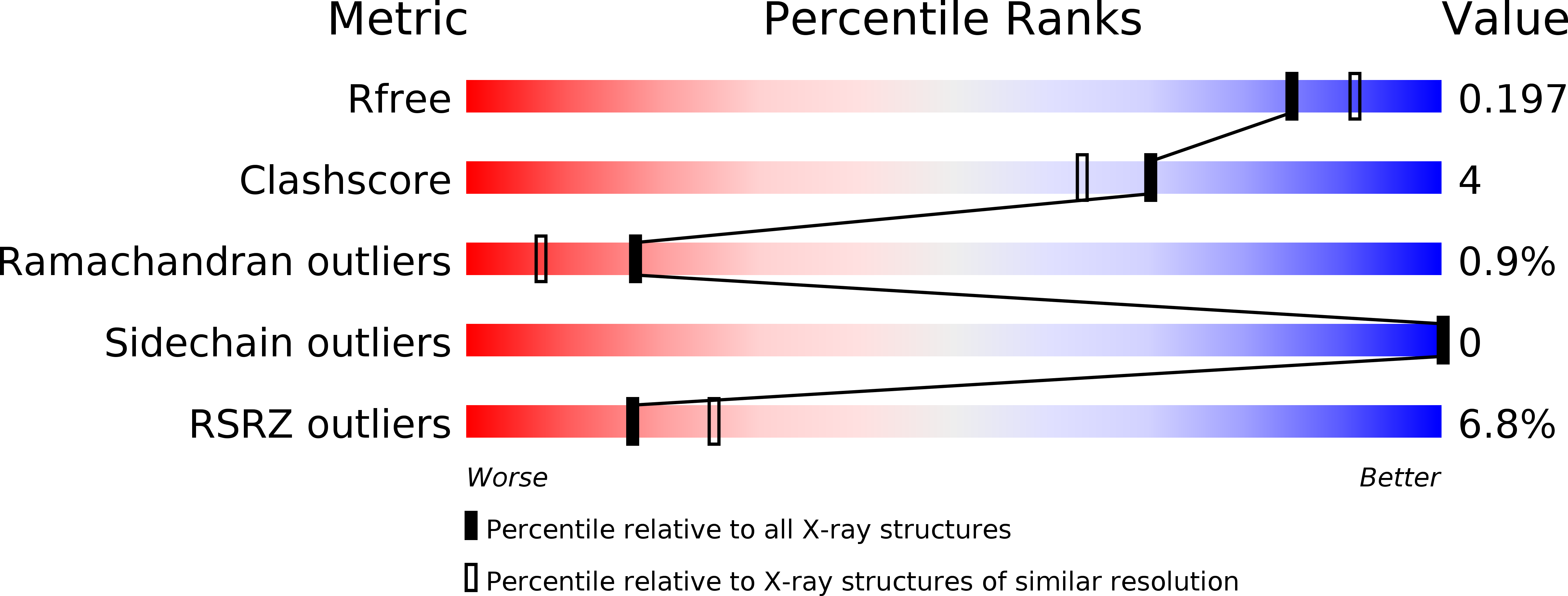
Deposition Date
2011-04-04
Release Date
2011-09-28
Last Version Date
2023-09-13
Entry Detail
PDB ID:
3REF
Keywords:
Title:
Crystal structure of EhRho1 bound to GDP and Magnesium
Biological Source:
Source Organism:
Entamoeba histolytica (Taxon ID: 5759)
Host Organism:
Method Details:
Experimental Method:
Resolution:
1.95 Å
R-Value Free:
0.19
R-Value Work:
0.15
R-Value Observed:
0.15
Space Group:
P 21 21 21


